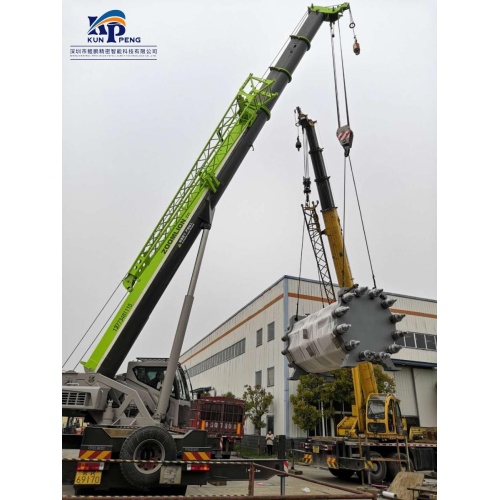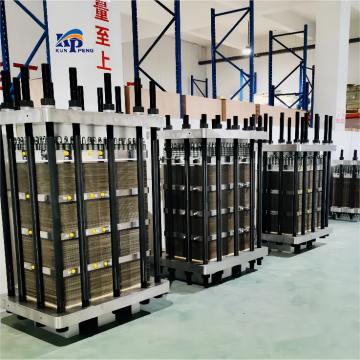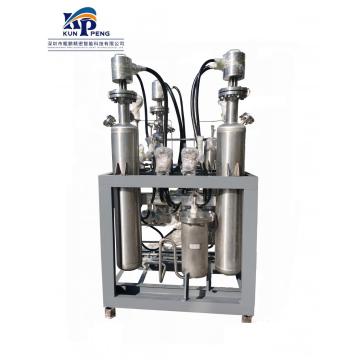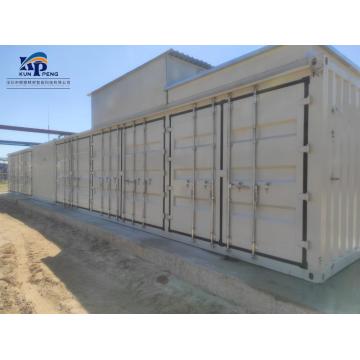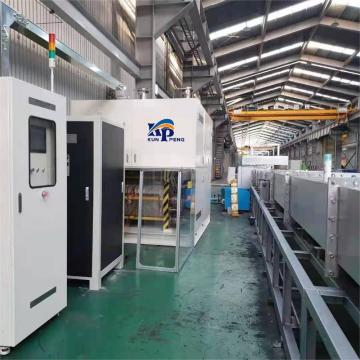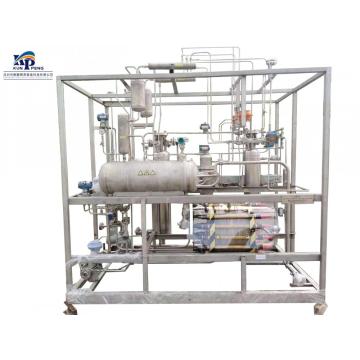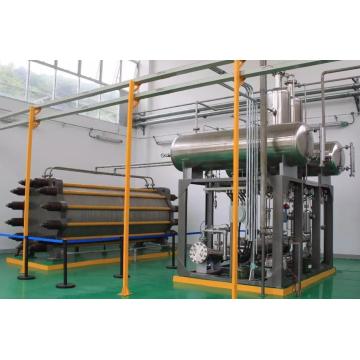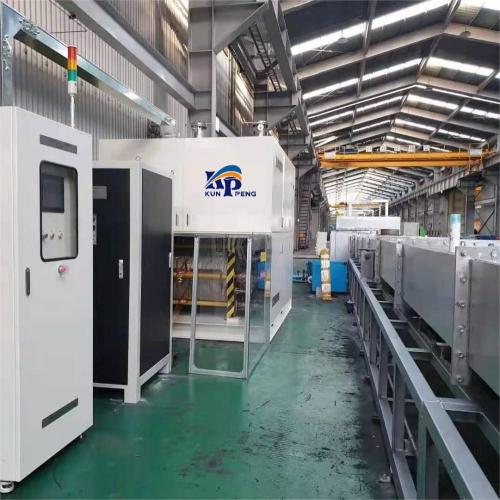
Hydrogen production from water water electrolysis hydrogen
- Transportation:
- Air, Express, Ocean
- Port:
- Shanghai
Your message must be between 20 to 2000 characters
Contact Now| Place of Origin: | China |
|---|---|
| Payment Type: | T/T |
| Incoterm: | EXW,FOB |
| Transportation: | Air,Express,Ocean |
| Port: | Shanghai |
The anode of PEM electrolyzed water needs to be resistant to acidic environment corrosion and high potential corrosion, and should have a suitable pore structure to allow gas and water to pass through. Limited by the reaction conditions of PEM water electrolysis, membrane electrode materials (such as carbon materials) commonly used in PEM fuel cells cannot be used as anodes for water electrolysis. 3M has developed a nanostructure thin film (NSTF) electrode. The cathode and anode use Ir and Pt catalysts respectively, with a loading capacity of 0.25 mg/cm2; it can work stably in acidic environments and high potential conditions, and the rod-like array structure on the surface is conducive to improving Catalyst surface dispersion.
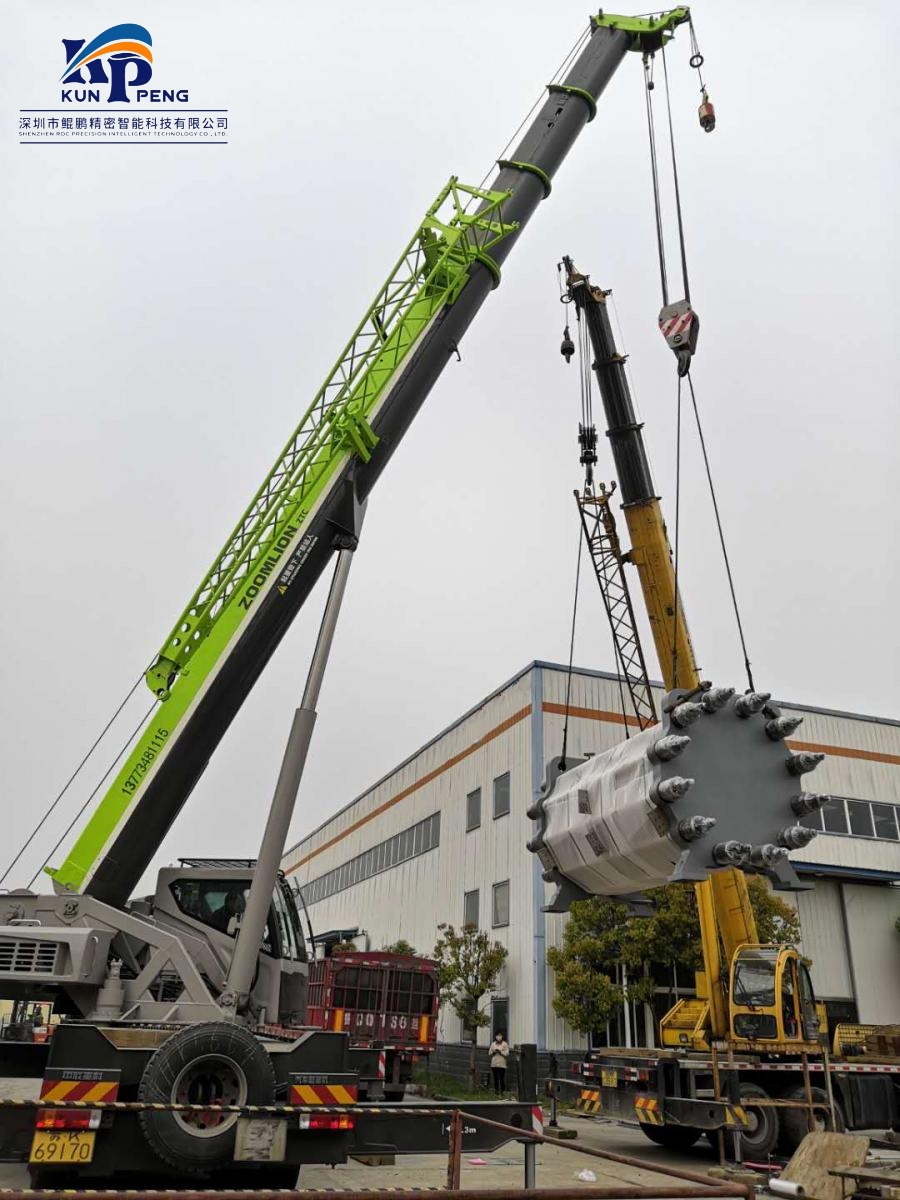
The basic principle of hydrogen production by electrolysis of water is that water molecules dissociate under the action of direct current to generate oxygen and hydrogen, which are separated from the anode and cathode of the electrolyzer respectively. The PEM water electrolyzer uses solid proton exchange membrane PEM as the electrolyte and pure water as the reaction thing.
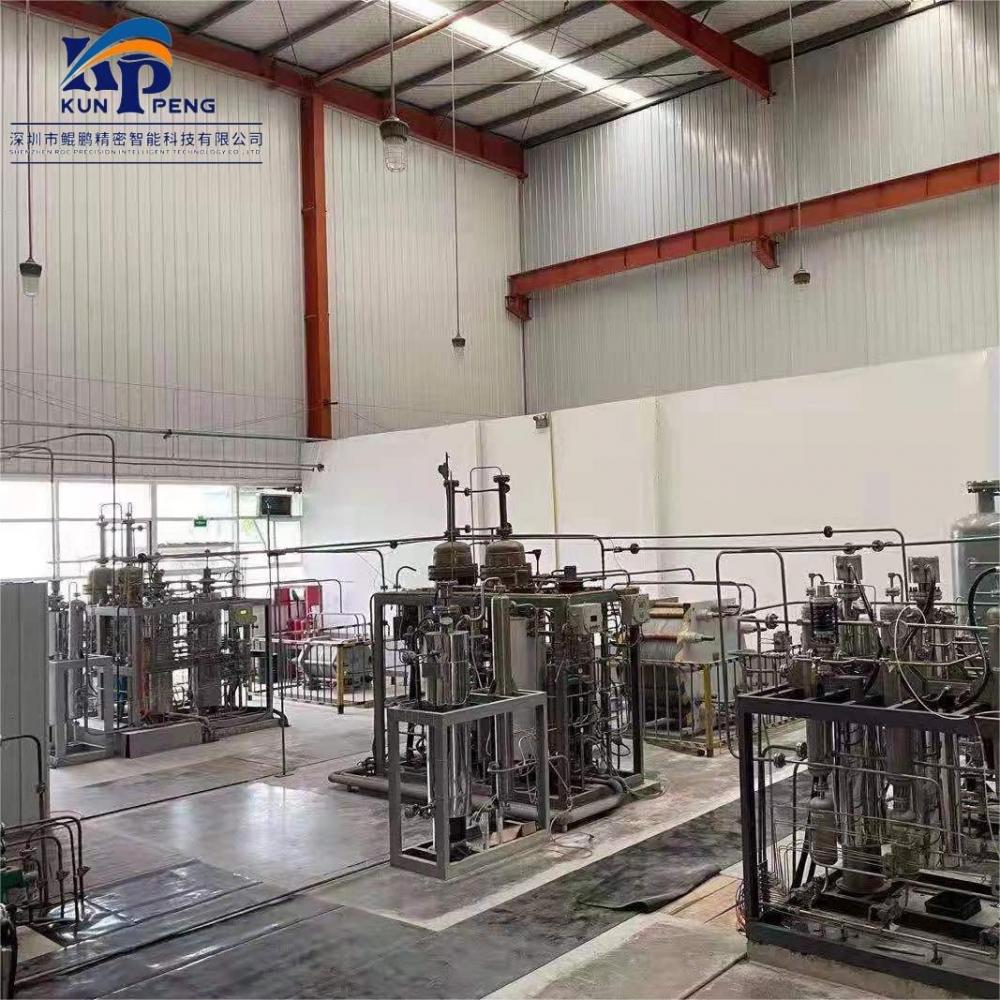
Due to the low hydrogen permeability of the PEM electrolyte, the purity of the hydrogen produced is high, and only water vapor needs to be removed, the process is simple and the safety is high; the electrolytic cell adopts a zero-pitch structure, and the ohmic resistance is low, which significantly improves the overall efficiency of the electrolysis process, and The volume is more compact; the pressure control range is large, and the hydrogen output pressure can reach several MPa, which is suitable for the rapidly changing renewable energy power input.
Related Keywords


